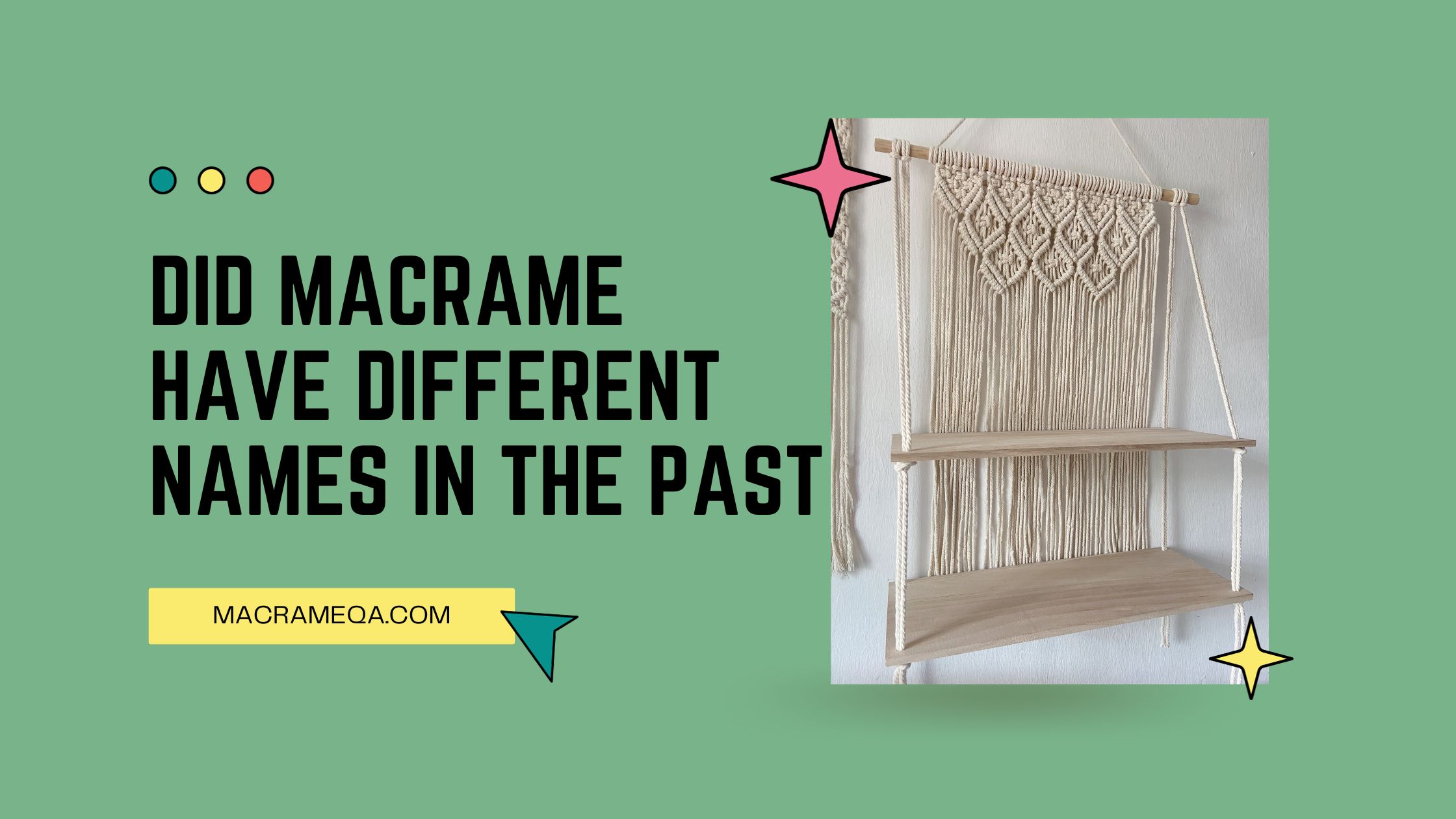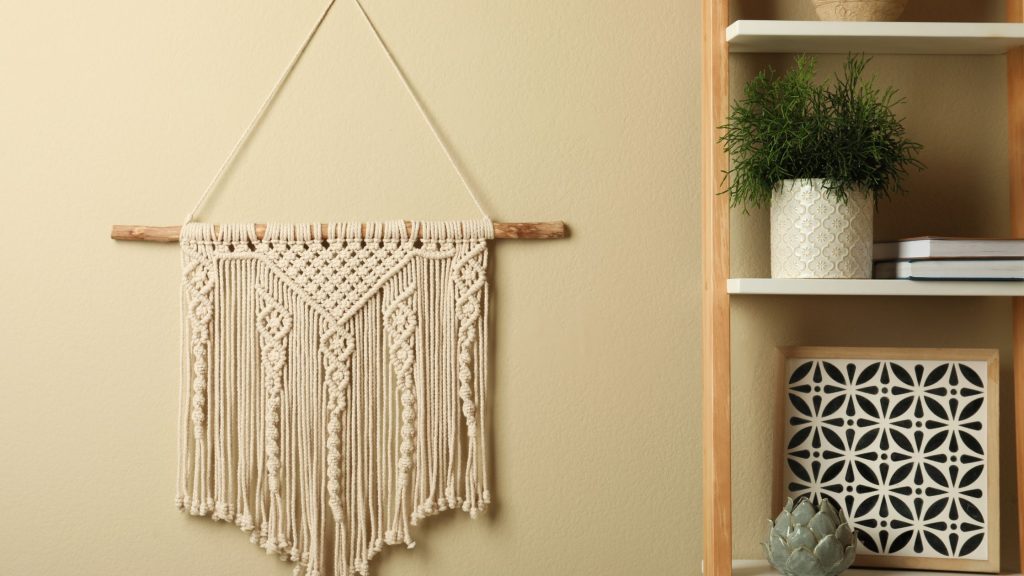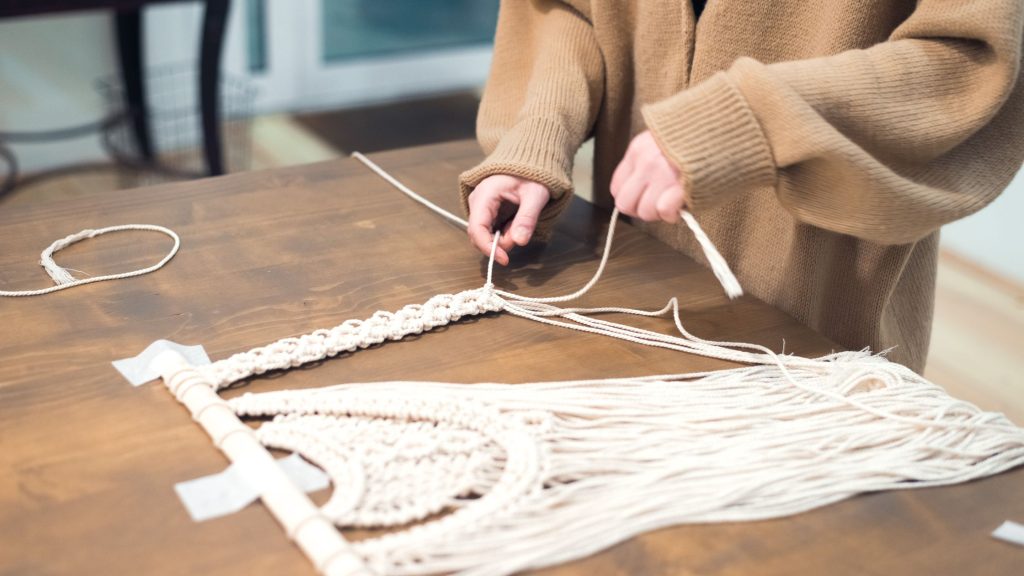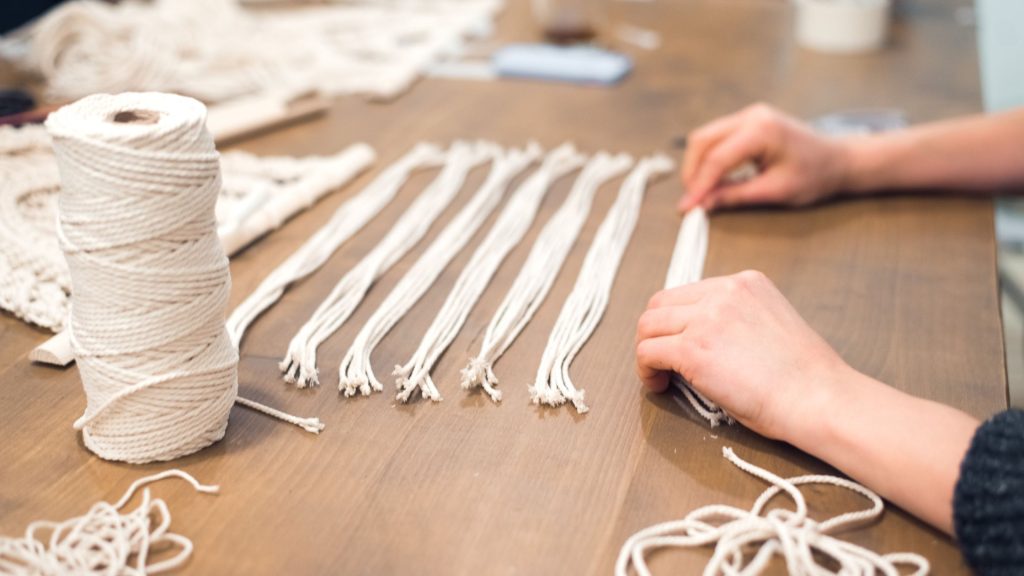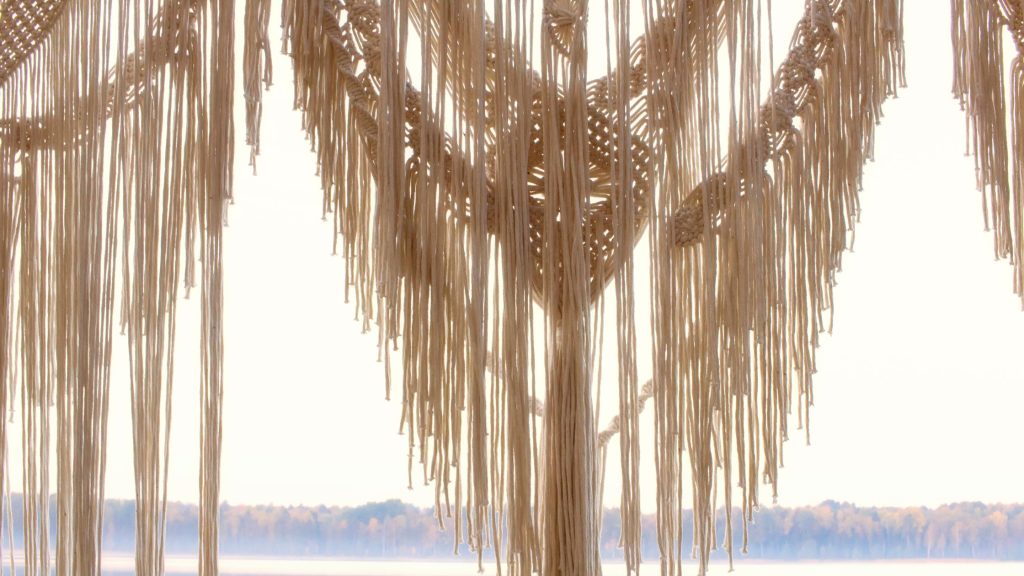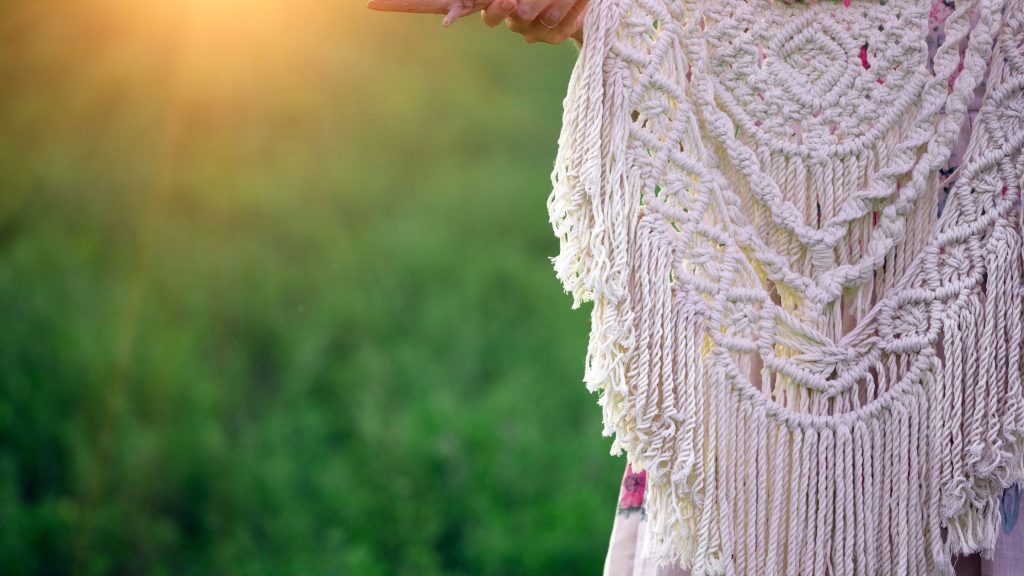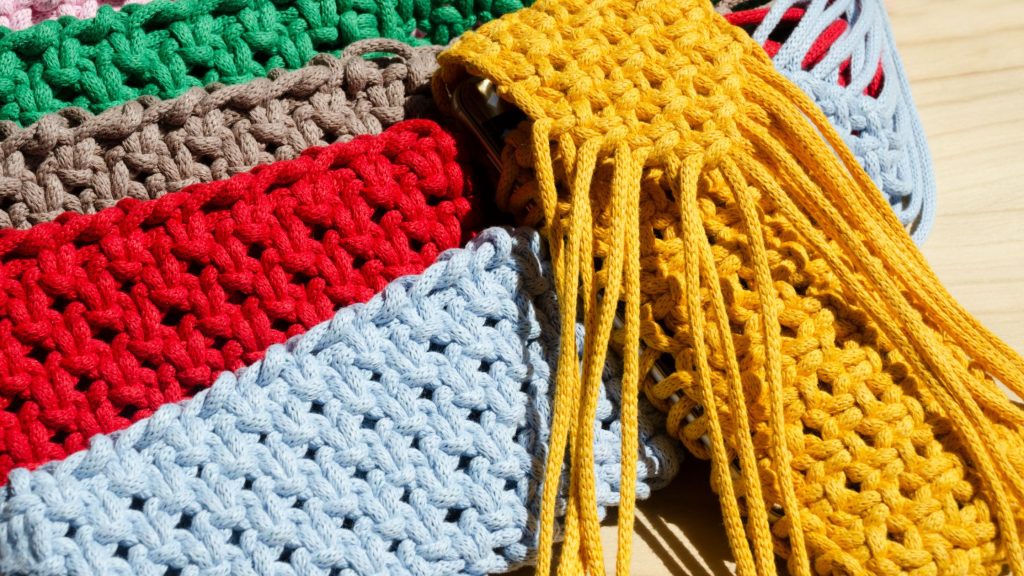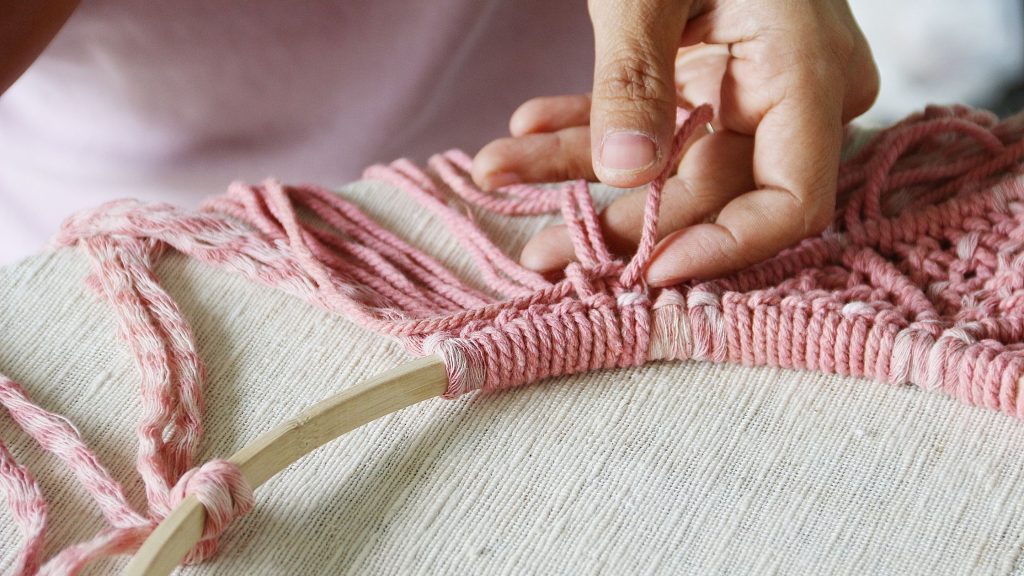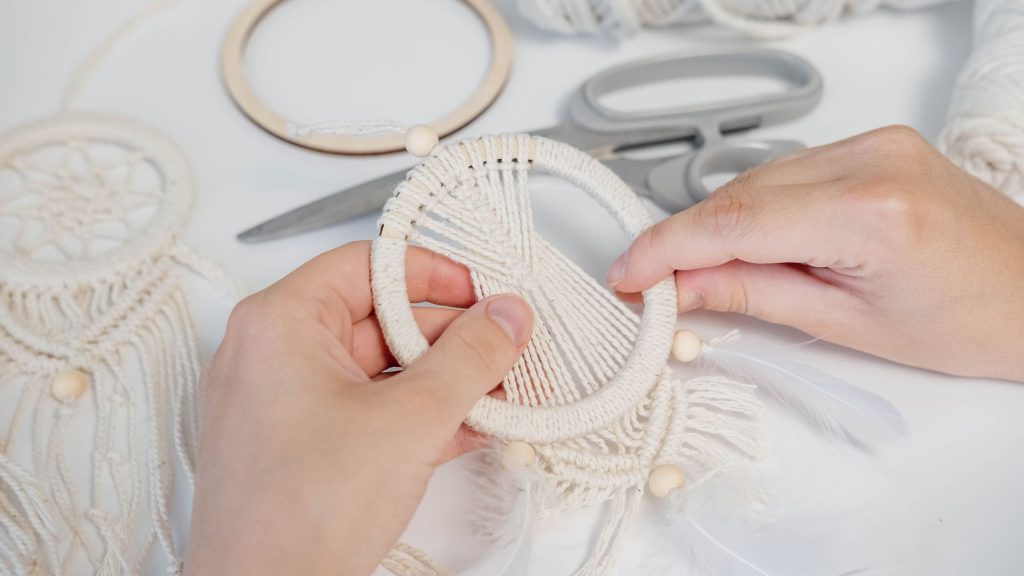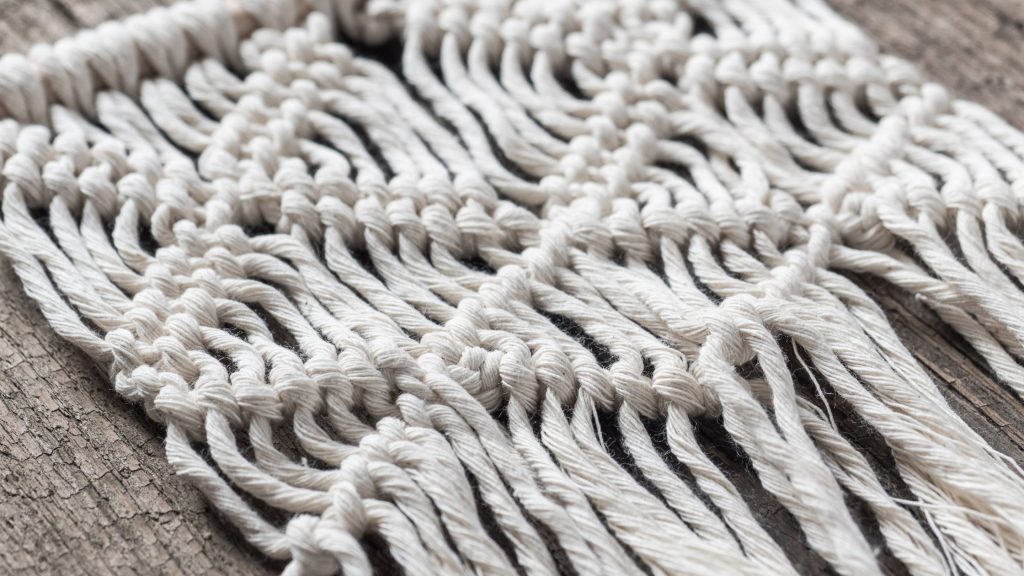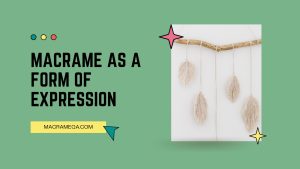Macrame, the ancient art of knotting, has been a popular form of textile craftsmanship for centuries. But have you ever wondered if it went by different names in the past? This intriguing article explores the fascinating history of macrame and uncovers whether this beloved craft had alternative monikers in bygone eras. Prepare to be captivated as you unravel the secrets of macrame’s past.
Ancient Origins of Macrame
Macrame, the art of knotting cords to create intricate and beautiful designs, has a long and fascinating history that dates back many centuries. Although the exact origins of macrame are difficult to pinpoint, evidence of early textile techniques suggests that knotting was practiced in ancient cultures across the globe.
Early Textile Techniques
Textiles have played a vital role in human civilization, providing both practical and decorative purposes. Early humans utilized various methods to manipulate fibers, including weaving, braiding, and knotting. The intricate knotting techniques used in macrame likely emerged as an extension of these early textile techniques.
Knotting in Ancient Cultures
The art of knotting cords has been practiced in diverse cultures throughout history. Evidence of knotting techniques has been found in regions as far apart as China, Egypt, and South America. In China, knotting was known as ‘jie,’ and it was believed to bring good luck and ward off evil spirits. In Egypt, knotting was utilized in the creation of jewelry and decorative accessories. South American cultures, such as the Incas and the Mayans, also incorporated knotting techniques into their textiles.
Earliest Forms of Macrame
While it is challenging to determine precisely when macrame as we know it today first emerged, certain artifacts and historical records provide insights into the earliest forms of macrame. One key example is the discovery of a pair of macrame sandals in a cave in Central Asia that dates back to the 13th century. These intricately knotted sandals showcase the skill and artistry of ancient macrame artisans.
The Arabic Influence
Macrame’s development was significantly influenced by the Arabic culture and its rich traditions of craftsmanship and knotting techniques.
The Word ‘Macrame’
The term ‘macrame’ itself is derived from the Arabic word ‘miqramah,’ which means ‘fringe.’ This reflects the importance of fringed textiles in Arabic culture and their association with macrame.
Arabic Influence on Knotting Techniques
Arabic artisans played a crucial role in the refinement and development of knotting techniques, which eventually gave rise to macrame. Intricate and complex knot designs became integral to Arabic textiles, and their skills were passed down through the generations.
Historical Macrame in the Middle East
Macrame flourished in the Middle East, particularly during the Islamic Golden Age, between the 8th and 14th centuries. Arab craftsmen and women excelled in creating intricate, geometric patterns using knotting techniques, and macrame was integrated into a variety of household items, garments, and decorative pieces.
European Renaissance and Beyond
Macrame made its way to Europe during the Middle Ages and experienced significant growth and development during the Renaissance.
Macrame in Medieval Europe
In Medieval Europe, macrame was primarily utilized for ecclesiastical purposes. Intricate knotwork adorned religious vestments, altar cloths, and other ceremonial items. The meticulous craftsmanship of macrame captivated the European aristocracy, leading to its expansion beyond religious contexts.
Macrame during the Renaissance
The Renaissance period marked a turning point for macrame, as it transitioned from being purely functional to incorporating more ornamental aspects. Knotting evolved into an art form, and macrame was increasingly used in the creation of decorative household items, such as curtains, tablecloths, and wall hangings.
Macrame as Ornamental Craft
Macrame’s popularity continued to grow throughout Europe, with various regions developing their own unique styles and techniques. In England, for example, decorative knotting was known as “passementerie” and was widely used in upholstery and interior design. Macrame also became associated with naval traditions, with sailors using knotting techniques to create intricate pieces during their long voyages.
17th and 18th Century Macrame Variations
During the 17th and 18th centuries, macrame continued to evolve and diversify, with different names and styles emerging across Europe. Additionally, macrame had distinct variations in American colonial culture and Asian cultures.
Different Names and Styles in Europe
In various European countries, macrame was known by different names and had slight stylistic variations. For instance, in France, it was referred to as “décor à la corde,” while in Italy, it was known as “rococo.” Each region developed its unique techniques and patterns, showcasing the creativity and adaptability of macrame.
American Colonial Macrame
Macrame also made its way to the American colonies, where it took on a style influenced by both European traditions and the indigenous cultures of the Native Americans. American colonial macrame was utilized in the creation of household items, such as curtains, bedspreads, and lampshades, and it incorporated a blend of European knotting techniques and Native American motifs.
Macrame in Asian Cultures
While macrame’s history is often associated with European and Middle Eastern cultures, various Asian cultures also embraced knotting techniques. In China, macrame-like knotting was practiced as early as the Tang Dynasty (618-907 AD), with artisans creating elaborate decorative knots known as “decorative knotwork” or “Chinese knotting.” In Japan, a similar art form called “Kumihimo” focused on weaving and braiding cords into intricate patterns.
Victorian Macrame Revival
The Victorian era brought about a revival of macrame, with a renewed interest in decorative arts and crafts.
Macrame as Decorative Art
Macrame’s resurgence during the Victorian period can be attributed to the growing fascination with ornate and decorative styles. Victorian macrame was often used to adorn furniture, including chairs, screens, and lampshades. Delicate lace-like patterns became popular, showcasing the exquisite craftsmanship of macrame artisans.
Macrame in Fashion
In addition to home decor, macrame also found its way into Victorian fashion. Intricately knotted accessories, such as belts, collars, and jewelry, became fashionable adornments. Macrame lace, characterized by its delicate and intricate patterns, was a sought-after embellishment on clothing and accessories.
Renewed Interest and Popularization
The Victorian macrame revival sparked a renewed interest in the craft, leading to the publication of instructional books and the establishment of macrame schools. Macrame became more accessible to a wider audience, and the once-exclusive craft began to permeate both higher and middle-class households.
20th Century and Modern Macrame
Macrame’s popularity continued into the 20th century, with its association with the Arts and Crafts movement and its evolution into a popular hobby and artistic medium.
Macrame in the Arts and Crafts Movement
The Arts and Crafts movement, which emerged in the late 19th and early 20th centuries, emphasized traditional craftsmanship and the beauty of handcrafted objects. Macrame, with its intricate knotwork and historical significance, aligned perfectly with the ideals of the movement. Artisans incorporated macrame into various artistic endeavors, including furniture, wall hangings, and even sculptures.
Macrame as a Popular Hobby
By the mid-20th century, macrame had firmly established itself as a popular hobby. Crafters of all ages and backgrounds began experimenting with different knotting techniques, creating everything from plant hangers and curtains to jewelry and clothing embellishments. Macrame’s accessibility and versatility contributed to its widespread popularity.
Contemporary Macrame Variations
As macrame continued to evolve, contemporary artisans began pushing the boundaries of the craft. Modern macrame often incorporates a combination of materials, such as rope, yarn, and even unconventional materials like wire and beads. Artists explore innovative knotting techniques and experiment with scale, creating large-scale macrame installations and intricate miniature pieces.
Macrame’s Influence on Other Crafts
Macrame’s rich history and techniques have had a profound impact on various other crafts, including weaving, textiles, crochet, and knitting.
Cord and Knotting Techniques in Other Art Forms
Macrame’s knotting techniques have influenced the development of other art forms that utilize cords and knots. For example, the art of Chinese knotting and Celtic knotwork bear similarities to macrame and have been influenced by its knotting techniques. These techniques are used in creating jewelry, home decor items, and accessories.
Macrame’s Impact on Weaving and Textiles
Macrame’s integration of knots and cords into textiles has influenced the world of weaving. Incorporating knotting techniques into woven fabrics allows for the creation of unique textures and patterns. Additionally, macrame’s contribution to textiles extends to the use of fringes and tassels, which add an extra dimension of decorative flair to woven pieces.
Macrame’s Relationship with Crochet and Knitting
Macrame has also influenced the crafts of crochet and knitting. Knotting techniques resembling macrame are often incorporated into crochet designs, creating intricate lace-like patterns. Similarly, knitters have adopted macrame-inspired stitches, creating textured and visually captivating knitwear.
Other Names for Macrame
Throughout its history, macrame has been known by various names in different cultures, reflecting the widespread practice of knotting techniques.
Early Terminology for Knotting Techniques
Before the term ‘macrame’ came into use, various cultures had their own names for knotting techniques. These names often reflected the cultural and practical significance of knotting. For example, in China, knotting was referred to as ‘jie,’ meaning ‘knot,’ while the ancient Egyptians called it ‘hedjet,’ meaning ‘to tie or fasten.’
Cord Art, Cordwainery, or Knotting Crafts
The art of knotting cords has been referred to by different names throughout history, depending on the region and context. In Europe, knotting was sometimes called “cord art” or “cordwainery,” reflecting the craftsmanship and intricate nature of the practice. Some sources also refer to macrame and similar techniques as “knotting crafts.”
Traditional Names in Different Cultures
In addition to the various European and Arabic names, macrame and knotting techniques have specific names in different cultures. Japanese decorative knots are known as “Mizuhiki,” while Chinese decorative knots are referred to as “Chinese knotting” or “Jieziyuanhua.” These traditional names highlight the cultural relevance and significance of macrame in different parts of the world.
Exploring the Evolution of Macrame
The evolution of macrame as an art form has been shaped by a combination of adaptation, influences, and contemporary perspectives.
Adaptation and Evolution of Knotting Techniques
Over time, knotting techniques have evolved and adapted to suit the needs and preferences of different cultures and time periods. As macrame spread across continents and cultures, artisans added their unique artistic flair, further expanding the possibilities of the craft. The combination of traditional techniques and innovative approaches has ensured the continued growth and evolution of macrame.
Influences on Macrame’s Development
Macrame’s development has been influenced by a multitude of factors, including cultural exchange, technological advancements, and changing societal preferences. The migration of techniques across regions, the introduction of new fibers and materials, and the influence of changing artistic trends have all contributed to the evolution of macrame.
Contemporary Perspectives on Macrame’s Development
In contemporary times, macrame has gained recognition as both a traditional craft and a modern artistic medium. Artists and enthusiasts continue to explore and develop new techniques, incorporating macrame into various creative disciplines. Macrame’s rich history serves as both inspiration and foundation for these contemporary perspectives, ensuring that the craft remains vibrant and relevant.
Conclusion
The history of macrame is a testament to its enduring appeal and timeless beauty. From its ancient origins and Arabic influence to its European revival and contemporary variations, macrame has captivated and inspired generations of artists and crafters. Preserving and celebrating macrame’s rich heritage is crucial to acknowledging its contributions to the world of decorative arts. As we look to the future, macrame will undoubtedly continue to evolve, inspiring new artistic expressions and enchanting admirers for years to come.

